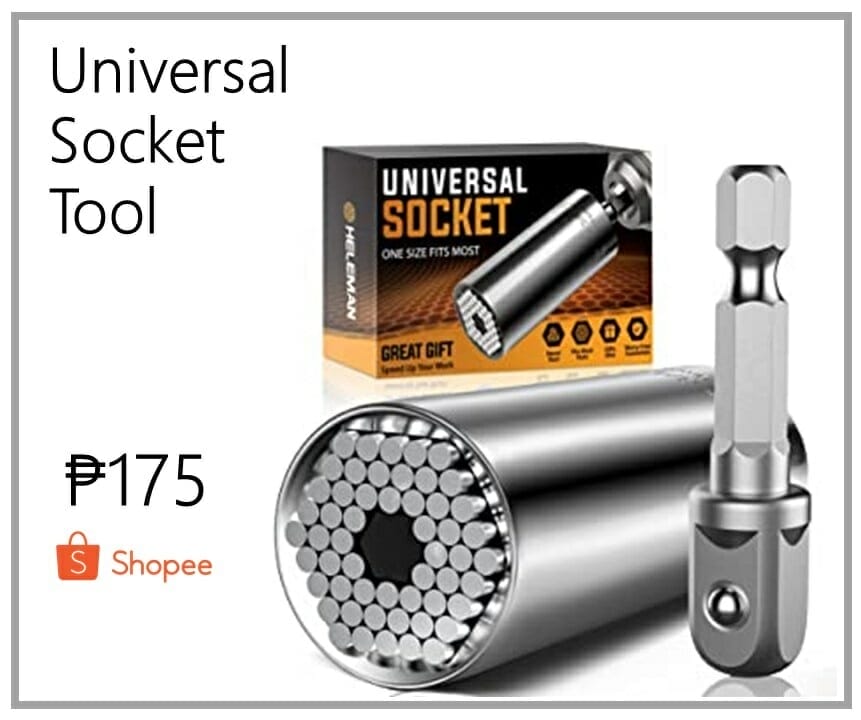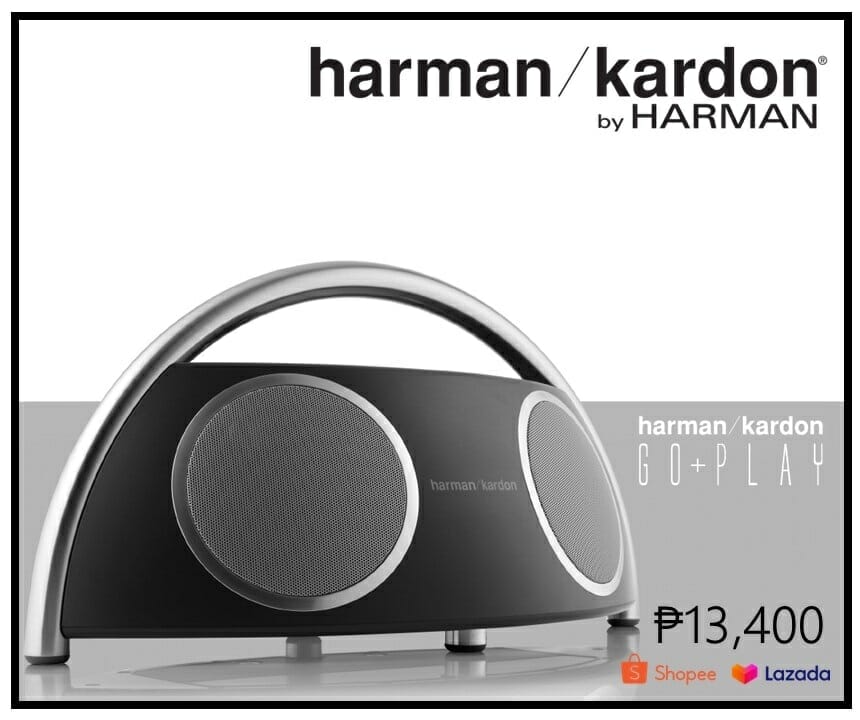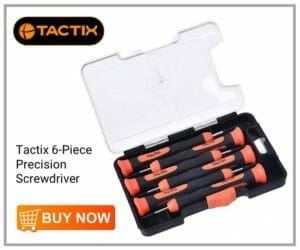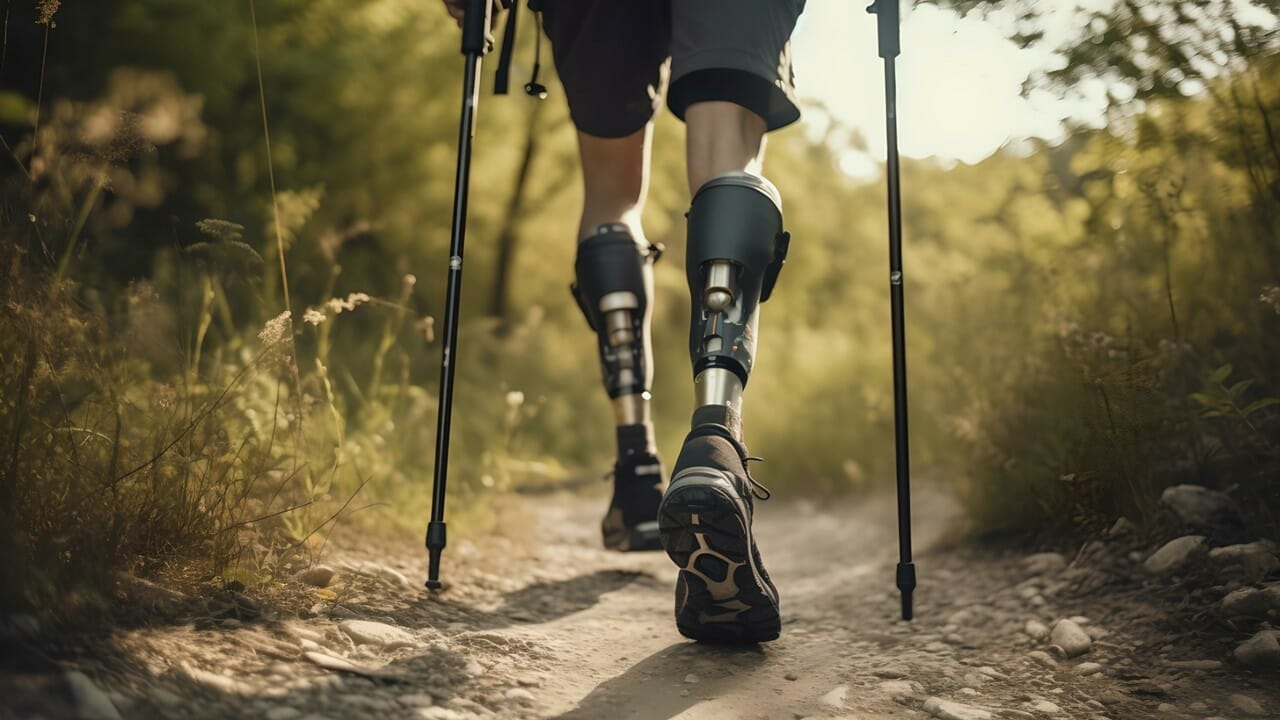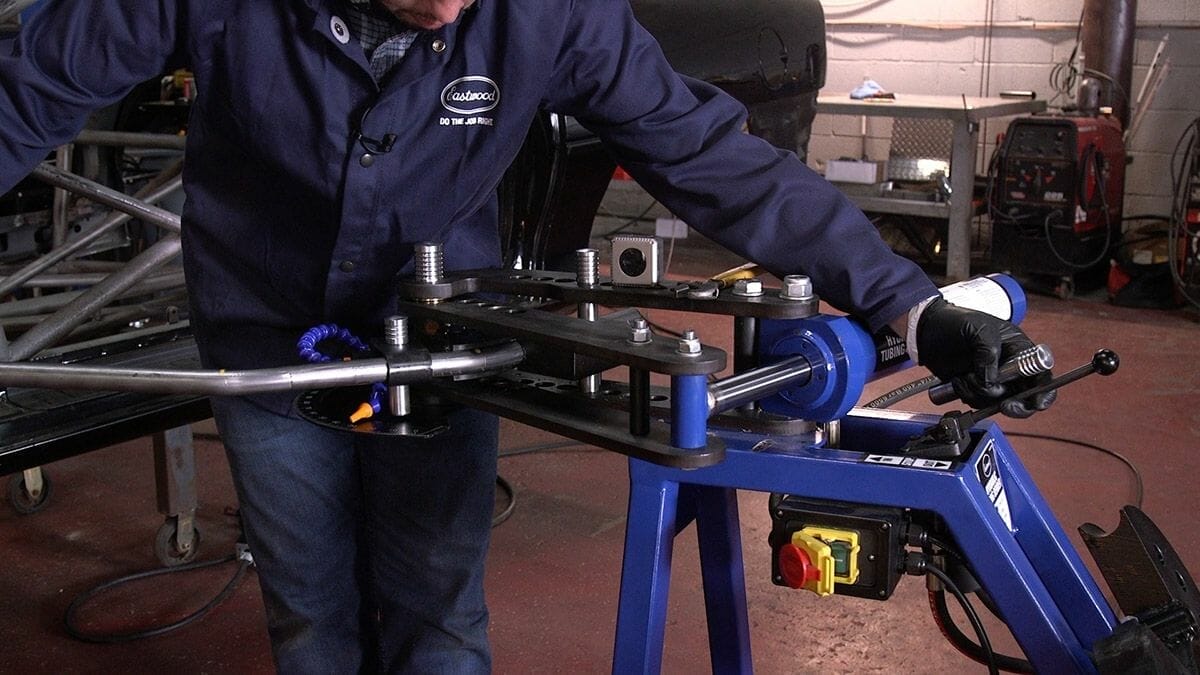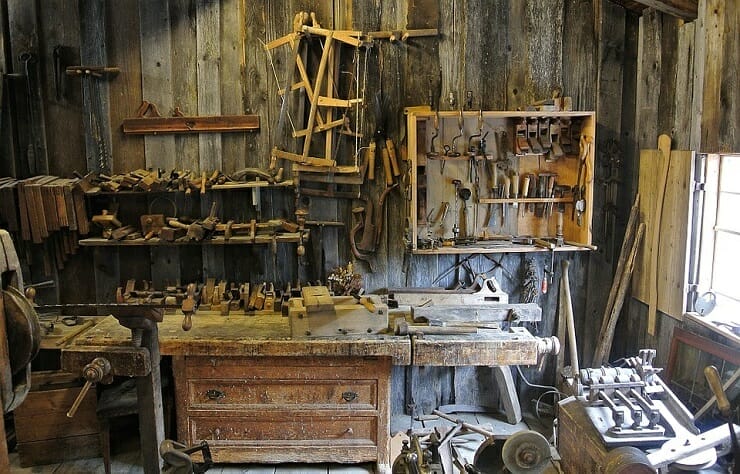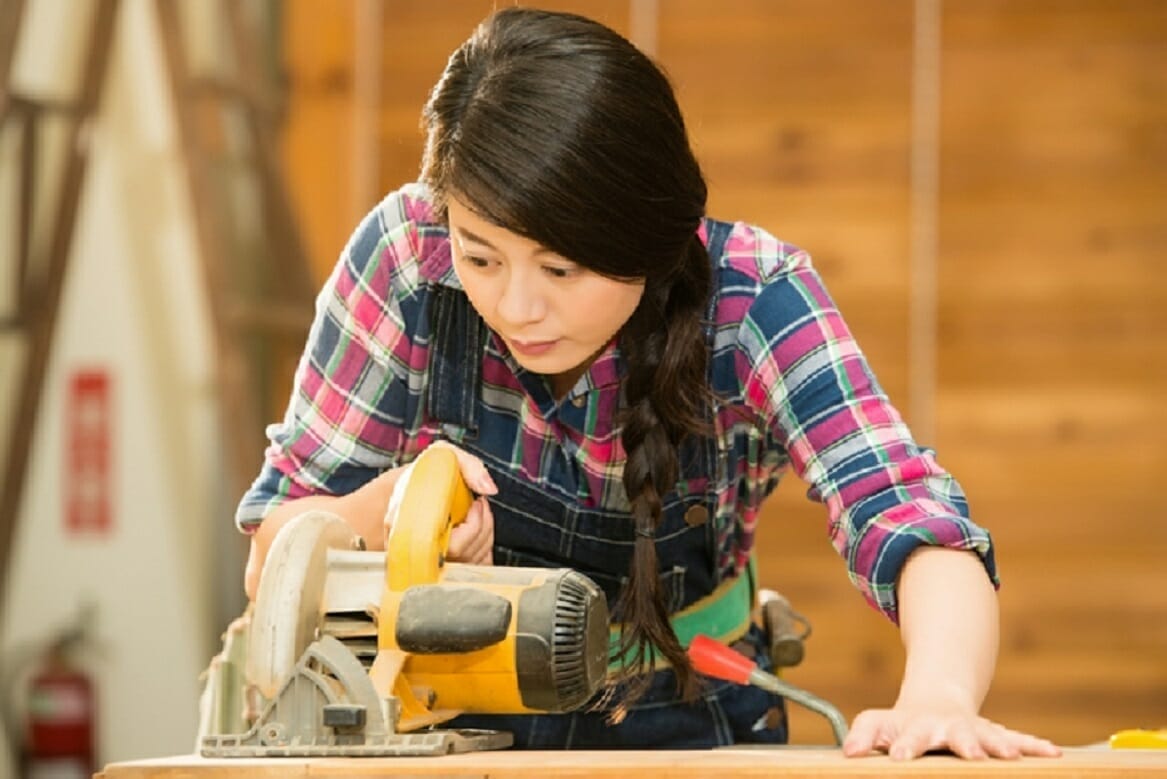In the vast world of construction, some tools stand out for their versatility and indispensability. Among them, the humble screwdriver often goes unnoticed. Yet, it’s a tool that has shaped the industry in more ways than one. In this article, we’ll explore the significance of screwdrivers in construction, with insights from industry leaders who swear by them.
History of the Screwdriver
The story of the screwdriver is as intricate as the screws it turns. Its journey begins in the early civilizations of the Mediterranean, where the concept of the screw was first introduced. Initially, screws were used in olive presses and grape presses, allowing for the extraction of oils and juices with greater efficiency. However, these screws were turned by hand or with rudimentary tools, and the modern screwdriver as we know it was yet to be born.
The true birthplace of the screwdriver is believed to be in Europe during the Middle Ages. As armor and machinery grew more complex, the need for a tool to fasten and unfasten screws became evident. The earliest screwdrivers had pear-shaped handles and were made for slotted screws, which were the standard at the time. These tools were primarily used by armorers to assemble and disassemble the suits of knights heading into battle.
By the time of the Renaissance, the screwdriver had begun to evolve. Craftsmen and inventors, such as Leonardo da Vinci, showcased designs of machines that utilized screws, further emphasizing the importance of the screwdriver. As machinery became more intricate, so did the screws and the tools used to turn them. This period saw the introduction of more refined screwdrivers with better grips and more durable materials.
The Industrial Revolution in the 18th and 19th centuries marked a significant turning point for the screwdriver. Mass production and standardization meant that screws could be produced in bulk, and with them, the demand for screwdrivers surged. It was during this era that we saw the introduction of the Phillips head screw and screwdriver, a design that would revolutionize the construction and automotive industries.
In the 20th century, the advent of electricity brought forth the electric screwdriver, a tool that combined the traditional screwdriver design with an electric motor, allowing for faster and more efficient work. This innovation was a game-changer, especially in assembly lines and large-scale construction projects.
Today, the screwdriver stands as a testament to human ingenuity and adaptability. From its humble beginnings in medieval Europe to its modern electric counterparts, it remains a tool that has shaped history, one turn at a time.
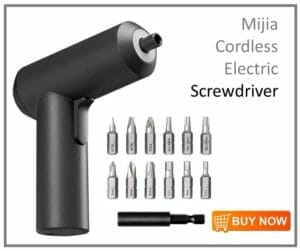
Types of Screwdrivers and Their Uses
In the vast realm of hand tools, the screwdriver has evolved to accommodate a myriad of tasks, each tailored to specific needs. The diversity in screw types has necessitated the creation of various screwdriver designs. Here’s a deeper look into some of the most common types and their specific applications:
- Flathead (Slotted) Screwdriver:
Description: This is perhaps the most iconic and oldest design, characterized by a flat blade that fits into a linear, or slotted, screw head.
Uses: Due to its simplicity, the flathead screwdriver is versatile. It’s commonly used in woodworking, electrical installations, and household tasks. However, its design can lead to cam-out (slipping out of the screw head), especially if not aligned correctly.
- Phillips Screwdriver:
Description: Recognized by its cross-shaped tip, the Phillips screwdriver was designed to address the cam-out problem of the flathead. The design allows the driver to turn the screw with more torque.
Uses: Widely used in automotive, construction, and electronics. Its design ensures a tighter fit, making it ideal for tasks requiring precision and force.
- Torx Screwdriver:
Description: With a star-shaped tip, the Torx, or star screwdriver, offers an even better grip than the Phillips, reducing wear and the risk of cam-out.
Uses: Predominantly found in automobiles and electronic devices. Its design ensures that the screwdriver doesn’t slip, making it perfect for high-torque applications.
- Robertson (Square) Screwdriver:
Description: Featuring a square-shaped tip, the Robertson screwdriver fits snugly into square screw heads.
Uses: Popular in woodworking and some areas of construction, especially in Canada. Its design reduces the risk of stripping the screw head.
- Hex (Allen) Screwdriver:
Description: Characterized by its hexagonal shape, it fits into hexagonal recesses of screws.
Uses: Commonly used in assembling furniture, bicycles, and machinery. The design ensures a large surface area contact with the screw, reducing wear.
- Pozidriv Screwdriver:
Description: A refinement of the Phillips design, it has additional lines radiating from the center, offering more points of contact.
Uses: Predominantly used in Europe, it’s found in woodworking and manufacturing due to its reduced risk of cam-out compared to Phillips.
- Tri-wing Screwdriver:
Description: As the name suggests, it has three radial slots, making it unique and less common.
Uses: Often used in electronic devices, especially by companies wanting to prevent tampering or unauthorized repairs.
- JIS (Japanese Industrial Standard) Screwdriver:
Description: Similar to Phillips but designed for a tighter fit to prevent stripping of screw heads.
Uses: Commonly found in Japanese products, especially motorcycles and electronics.
In conclusion, the variety of screwdrivers available today is a testament to the evolving needs of industries and the continuous quest for efficiency and precision. When choosing a screwdriver, it’s crucial to match the tool to the specific screw head to ensure effective and safe work.
Expert Opinions: Top Picks and Recommendations
In the world of construction and DIY, the right tools can make all the difference. When it comes to screwdrivers, professionals and enthusiasts alike have their favorites. We reached out to industry leaders to get their insights on the best screwdriver sets available in the market. Here’s what they had to say:
- BEST OVERALL SCREWDRIVER SET: DeWalt Screwdriver Bit Set
RollerUp (Evgeni): “When it comes to reliability and performance, the DeWalt Screwdriver Bit Set is unparalleled. Its range of bits ensures that I’m prepared for any task, from roller shutter installations to minor repairs. The quality of DeWalt products is always top-notch, and this set is no exception.”
Mirakasa (Evgeny Goncharov): “In the glass and shower door installation business, precision is key. The DeWalt set offers just that. Its bits fit perfectly, reducing the risk of damaging the screw heads.”
- BEST BUDGET SCREWDRIVER SET: Ryobi 70-Piece Impact Rated Driving Kit
CapableGroup (Yan Margulis): “Budget doesn’t always mean compromise. The Ryobi 70-Piece Kit is proof of that. For basement renovations, this set offers a wide variety of bits that cater to different needs, all without breaking the bank.”
Berintek (Lenoid): “For garage door repairs, I often reach for the Ryobi set. It’s affordable, yet it doesn’t skimp on quality. It’s a must-have for professionals on a budget.”
- BEST FULL-SIZE SCREWDRIVER SET: Craftsman 5-Piece Screwdriver Set
RollerUp (Evgeni): “There are times when bit sets won’t do, and you need full-size screwdrivers. The Craftsman 5-Piece Set is my go-to in such scenarios. The grip, balance, and strength of these screwdrivers are commendable.”
Mirakasa (Evgeny Goncharov): “Craftsman has always been synonymous with durability. Their 5-Piece Screwdriver Set is a testament to that. Whether it’s for custom glass installations or general tasks, this set never disappoints.”
- BEST BASIC SCREWDRIVER SET: Lenox 9-in-1 Multi-Bit Screwdriver Set
CapableGroup (Yan Margulis): “For quick fixes and minor renovations, the Lenox 9-in-1 Multi-Bit Set is a lifesaver. It’s compact, easy to use, and the quality is top-tier. It’s a staple in my toolkit.”
Berintek (Lenoid): “The versatility of the Lenox 9-in-1 is unmatched. From garage door repairs to basic household tasks, this screwdriver set is all you need. It’s simple, yet incredibly effective.”
In summary, the right screwdriver set can significantly impact the efficiency and quality of work. Whether you’re a professional looking for the best tools or a DIY enthusiast starting your toolkit, these expert recommendations will guide you to the best choices in the market.
Tips for Choosing the Right Screwdriver
Selecting the right screwdriver is more than just grabbing the first one you see on the shelf. It’s about understanding the task at hand, the type of screws you’ll be working with, and ensuring that the tool you choose will provide both efficiency and longevity. Here are some expert tips to guide you in making the right choice:
- Understand the Task:
Nature of the Job: If you’re working on electronics, precision screwdrivers with smaller tips are essential. For construction or heavy-duty tasks, you’ll need robust screwdrivers that can handle more torque.
Duration: For prolonged tasks, consider screwdrivers with ergonomic handles to reduce hand fatigue.
- Match the Screw Head:
Always ensure that the screwdriver tip matches the screw head perfectly. Using a mismatched screwdriver can strip the screw, making it difficult to turn or remove.
- Material Matters:
Stainless Steel: Opt for screwdrivers made of stainless steel or those with a rust-resistant coating to ensure longevity.
Handle Composition: Rubber or soft-grip handles provide comfort and a better grip, reducing the chances of the tool slipping from your hand.
- Magnetic vs. Non-Magnetic:
Magnetic tips can be incredibly useful, especially when working in tight spaces, as they can hold onto the screw. However, if you’re working on electronic devices, a non-magnetic option might be better to prevent any potential damage to sensitive components.
- Consider a Multi-Bit Set:
For those who handle a variety of tasks, a multi-bit screwdriver set offers versatility. These sets come with interchangeable bits, catering to different screw types, saving space and money.
- Look for Brand Reputation:
Brands like DeWalt, Craftsman, and Lenox, as mentioned earlier, have built a reputation for quality. While brand isn’t everything, it can be a reliable indicator of tool durability and performance.
- Check for Additional Features:
Some modern screwdrivers come with added features like ratcheting mechanisms, which allow you to turn the screw while keeping the screwdriver stationary, enhancing efficiency.
- Storage and Portability:
If you’re a professional on the go, consider how you’ll transport your screwdrivers. Some sets come with dedicated cases, making organization and portability easier.
- Budget and Value:
While it’s tempting to go for the cheapest option, it’s essential to consider value. A slightly more expensive screwdriver that lasts longer and performs better offers more value in the long run than a cheap one that wears out quickly.
- Reviews and Recommendations:
Before making a purchase, check online reviews or seek recommendations from peers. Real-world feedback can provide insights into the tool’s performance and durability.
In conclusion, the right screwdriver can make tasks smoother and more efficient. By considering the above factors and understanding your needs, you can ensure that you invest in a tool that will serve you well for years to come.



